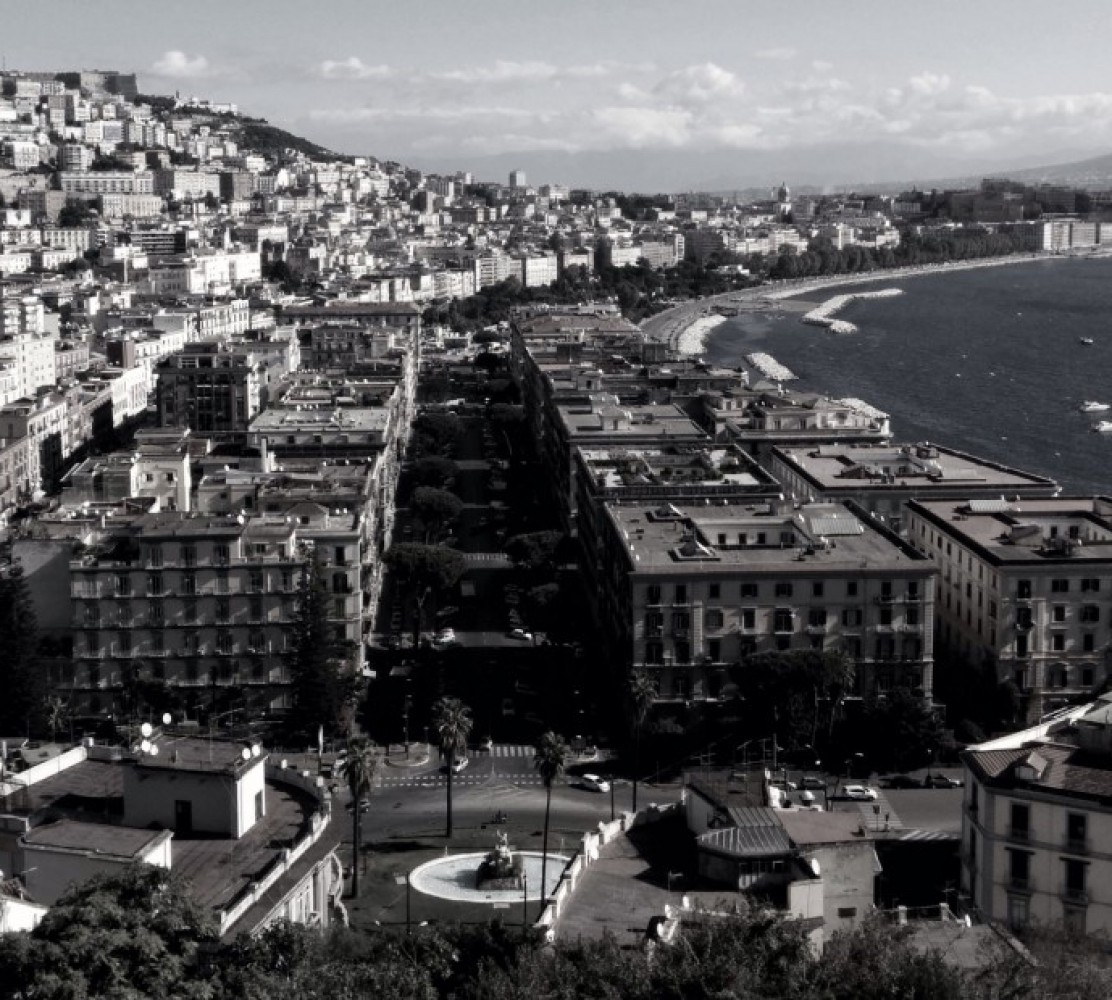
Agrippina the Younger was a Roman force to be reckoned with: great-granddaughter of Augustus, adopted granddaughter of debauched Tiberius, sister of mad Caligula (who she may have slept with), wife of slobbering Claudius (who she may have poisoned) and mother of tyrannical Nero. The British Archeologist Mary Beard wrote that ‘Agrippina was probably the best connected woman that the Roman world ever saw ‘ and she was one of the most ruthless, described by ancient texts as beautiful but ‘ambitious, violent and domineering’, utterly determined to make her son, Nero, Emperor by all means available. Having succeeded, in an ensuing power struggle with her son, she was exiled to the port of Misenum, now Miseno, near Naples before being bumped off in AD59 aged 43.
Above is a photograph of the famous statute known as Seated Agrippina which is in the Naples Archeological Museum. It may or may not be her. But when visiting Naples in the mid 19th Century, the American Herman Melville, writer of Moby Dick, wrote:
In hall of Naples here, withall I stood,
Before the pale mute-speaking stone
Of seated Agrippina – she
The truest woman that ever wed
In tragic widowhood transfixed;
In cruel craft exiled from Rome
To gaze on Naples’ sunny bay,
More sharp to feel her sunless doom,
O ageing face, O youthful form,
O listless hand in idle lap,
And, ah, what thoughts of God and man!
A rather sympathetic portrayal of a ruthless operator. A rundown Roman ruin in Miseno is known as Agrippina’s tomb.










































